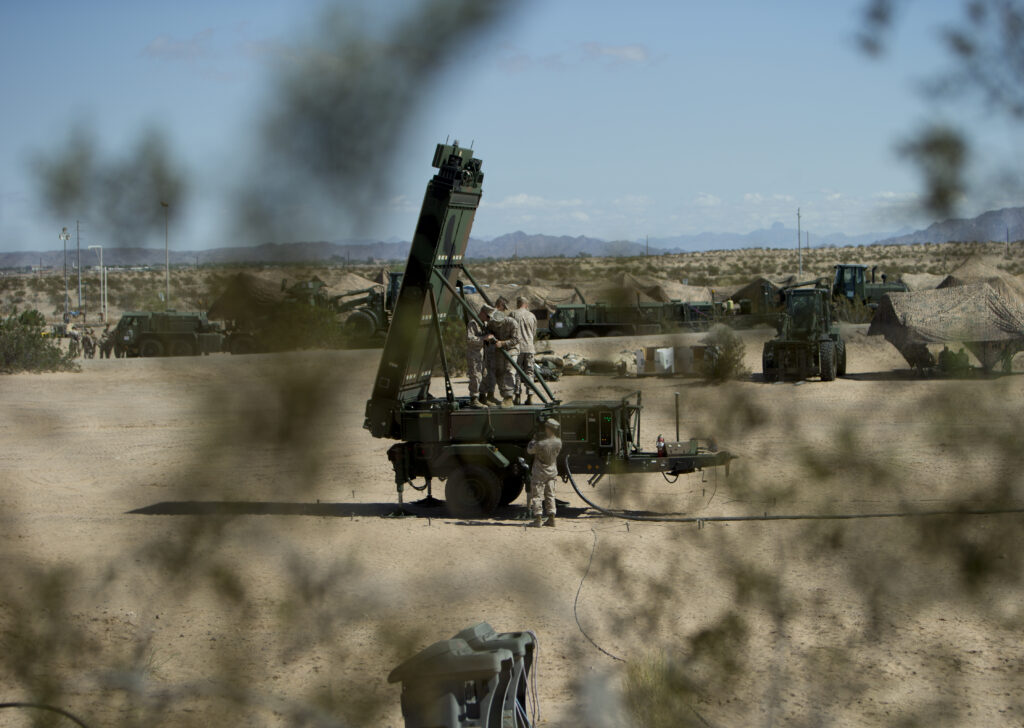
RAMSTEIN, Germany — The U.S. Marine Corps has deployed one of its units along with an AN/TPS-80 Ground/Air Task Oriented Radar (G/ATOR) to Lithuania for the first time to support NATO’s enduring air policing mission, NATO’s Allied Air Command Public Affairs Office said April 25.
This unit provides multi-domain command and control, air defense, air traffic control, radar surveillance and communications support. The G/ATOR allows Marines to conduct air surveillance and air domain awareness in support of NATO operations.
“This deployment highlights the expeditionary character of our Marines and the command-and-control systems they employ such as the AN/TPS-80 G/ATOR,” said Col. Michael McCarthy, commanding officer of the deployed unit. “With little notice and a light footprint we were able to seamlessly move from training in an arctic, maritime environment to the Baltics; reassuring allies and immediately contributing to USAFE [U.S. Air Forces Europe] and NATO operations.”
The Marine Corps unit deployed in support of Norwegian led Exercise Cold Response 22 before repositioning to Lithuania. They are a command-and-control unit, which provides multi-domain command and control, air defense, air traffic control, radar surveillance, and communications support. The AN/TPS-80 G/ATOR is the Marine Corps’ newest medium range multi-role radar. The radar builds an airspace picture for controllers through active scanning.



